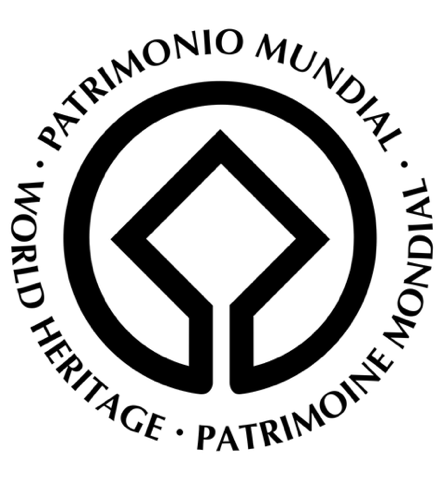OBJECTIVES
As part of our ongoing commitment to quality education, we have launched an initiative aimed at passing down cultural heritage from generation to generation, adapting it to the changes of our time, and strengthening identity, respect for cultural diversity, and sustainable development.
The Cultural Heritage project aims to raise awareness, educate, and involve young people and local communities in the preservation and transmission of Malagasy cultural heritage, while promoting harmonious territorial development.
By strengthening the link between heritage and youth, we contribute to building a more conscious, more resilient Madagascar that is prouder of its identity.
THE CONTEXT
An educational project at the heart of world heritage.
Since January 2023, our organization has been active at the Ambohimanga site, where we carry out educational and environmental initiatives as part of the TUTO, SILVA, and Ecole Des Femmes projects.
In 2025, we are taking a new step forward with the launch of the Cultural Heritage project, in partnership with UNESCO.
This project is specifically being implemented on the Royal Hill of Ambohimanga, a sacred and historical site inscribed on the UNESCO World Heritage List, and a powerful symbol of Malagasy identity.
The Rova of Ambohimanga site.
Located about 24 km northeast of Antananarivo, the Rova of Ambohimanga is a landmark of Malagasy history and identity. Listed as a UNESCO World Heritage Site since 2001, it is one of the most significant and best-preserved remnants of the pre-colonial Merina kingdom.
A former royal residence, the Rova was the political and spiritual center of Madagascar for several centuries. It was here that King Andrianampoinimerina laid the foundations for the unification of the country in the 18th century. As one of the twelve sacred hills of Imerina, it symbolizes the deep connection between the past, present, and future.
The site includes a royal city, a collection of sacred places, and a burial ground, featuring ramparts, royal enclosures, tombs, and ancestral worship sites. Reflecting the political and social structure of Madagascar since the 16th century, it bears witness to an exceptional historical continuity where memory, ritual, and prayer sustain a collective experience.
Still imbued with spirituality, the hill retains its sacred nature both in practice and in the minds of the people. Strongly associated with national identity, it remains a place of worship and pilgrimage visited by both Malagasy and foreigners. It is located in the rural commune of Ambohimanga Rova.
THE MISSION
What is our approach, what path are we following? How does the project work?
The project is based on an integrated, intergenerational, and participatory approach. It is structured around four main pillars:
1. Heritage Education
Educational workshops, guided tours, training sessions, and artistic creations are organized with young people to introduce them to the history, ecology, and preservation challenges of the site.
2. Promotion of Local Know-How
We collaborate with artisans, artists, and tradition bearers to pass on their knowledge to new generations through residencies, exhibitions, and live demonstrations.
3. Support for Sustainable Tourism
The project promotes responsible tourism practices, in partnership with local stakeholders, to make heritage a driver of economic and ecological benefit for the community.
4. Celebration of Malagasy Identity
Cultural events and spaces for intercultural dialogue strengthen the connection between young people, their culture, and their land.
An initiative supported by UNESCO
This project is part of the 2025 World Heritage Volunteers Campaign, an international program supported by UNESCO.
It brings together:
Young heritage ambassadors
Members of local communities
Experts in education, culture, and the environment
Technical and institutional partners

